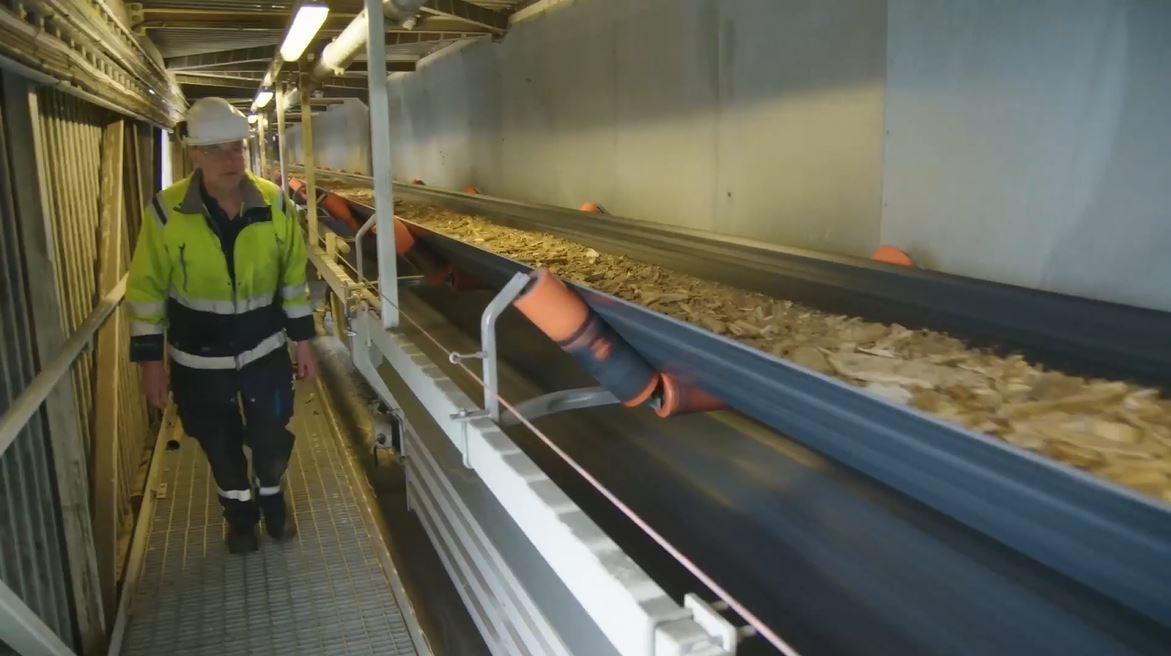District heating 2.0
youris.com EEIG

In the EU, the main use of energy by households is for heating their homes, and is therefore highly contributing to greenhouse gas emissions. District heating has proven to be a convenient and sustainable way to recover energy.
The global temperature is predicted to rise 1.5 °C above the pre-industrial level until 2050. This might sound small but will have an extreme impact on our planet. Latest studies state that 46% of greenhouse gas emission in Europe are from generating heat for homes and businesses. To lower this impact, an old concept experiences a comeback : district heating.
Paul Voss, managing director of Euroheat & Power, Brussels-based network of district energy organisations working on sustainable heating and cooling methods in Europe, says: “Cities have power plants or industrial facilities that produce waste heat. It makes sense to use it rather than burning something else and heat our buildings in a sustainable way. District heating networks take all the different heat sources that are available in a community, and channel them from where they are to the buildings where they’re needed, through a system of pipes and water.”
In the last few years researchers, architects and engineers working under the EU project Cityfied, have successfully tested different sustainable district heating networks in Sweden, Turkey and Spain.
In Lund the researchers explored the impact of the combined use of waste heat from a power plant and biomass as energy sources. District heating used this way covers 25,000 single-family dwellings. They found, that by using district heating this way, Lund could be fossil fuel free already by 2020.
First steps have been also been made in Turkey, where a power plant in Soma has been converted for the use of waste heat. The Municipality built a transmission line to transport it into buildings. About 4,000 homes are already connected to the system and the numbers are growing. The researchers estimate that this system will reduce CO2 emissions by 20%.
Mustafa Soyoral, supervisory director of the Soma power plant, says: “This solution provides nearly 90% efficient heating. Burning coal in stoves at home provides only 50% efficient heating.”
It also improves the air quality of the city, by reducing the smoke coming from wood and coal based residential heating.
In Laguna de Duero, one of the municipalities surrounding the metropolitan area of the city of Valladolid in Spain, the project tested a modern heating system that is run by biomass and natural gas, providing warm water and heat to the residents. A new building was built to place the biomass boiler room and biomass silo.
Before the retrofitting works, the two heating systems run autonomously. Both district heating systems were therefore joined into one in order to harmonise the district overall consumption. Thanks to this refurbishment, the share of energy savings is increased from 40% to 50%.
Javier Martín Sanz, engineer of the energy service company Veolia, one of the developers of the biomass boiler, explains: “We have a mixed heat production system, where 80% is done with biomass and another 20% with natural gas. This mixed production reduces the CO2 emissions already to more than 70%.”
According to Sofia Lettenbichler, from Euroheat&Power,“what we will see in the future is cities that use all kinds of renewable sources that they already have in place, for example using waste heat from the metro system or from data centers. And by exploiting all the local energy sources that you already have in a city you can heat all of Europe.”
Today only 13% of the heating demand of Europeans is covered by district heating. Reducing the environmental and economic impacts of traditional, individual heating systems will need bolder action from governments, while research works on improving technology.
Watch the video here : www.youtube.com/watch?v=zhxfPX9YN88
By Ute de Groot



